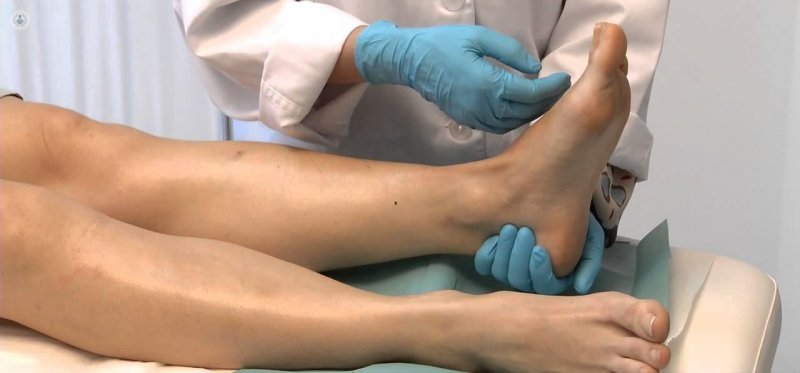Diabetic foot affects patients with peripheral arterial disease
Written by:The diabetic foot is a complication of Diabetes Mellitus affects patients with peripheral neuropathy or peripheral arterial disease (PAD). The EAP is present in more than 50% of patients with ulcer disease and affects distal arteries.

The diabetic foot is a chronic complication of Diabetes Mellitus, which affects patients with peripheral neuropathy and / or peripheral arterial disease (PAD). diabetic foot must be considered as an entity with multiple manifestations, including ischemia, neuropathy, biomechanical problems, infection, tissue healing, among other. Therefore health care thereof must be performed by a multidisciplinary team.
Peripheral arterial disease is present in over 50% of diabetic patients with ulcer. It affects, especially, to distal arteries and symmetrically and rapidly progressive. However, many diabetic patients do not experience the first symptoms of peripheral arterial disease and when it debuts already occurs as a sore or necrotic tissue. Thus, the peripheral arterial disease should be suspected and evaluated in all patients with distal ulcers, because vasculopathy is a risk factor for amputation, and the goal in Vascular Surgery is precisely to avoid.
The classification of Amstrong is used to relate the degree of depth of the ulcer and affected tissues with the stage of the wound (presence of infection, ischemia or both), showing increased risk of the deeper amputation is the ulcer , and infection and ischemia. Several reviews conclude that this classification is associated with increased prediction of healing and risk of amputation of diabetic foot injury.
The problem is such that already in 1989 several European agencies and the World Health Organization (WHO) developed the Declaration of St. Vincent to try to reduce the rate of amputations of the lower limb. In published reports they have presented evidence that the implementation of educational programs, especially multidisciplinary units for diabetic foot care can reduce amputation rate. In our country, street- Pascual publishes a minor reduction of primary amputations and older from 57 to 81% in men and from 28 to 57% in women between 1989 and 1999, after launching a program for diabetic foot care in 1994.


